ADD is a condition associated with learning and concentration difficulties. People suffering from ADD, usually children and teenagers, find it hard to focus on a task as their brains jump from one topic to another, restlessly. This is why those suffering from this condition require special learning and teaching methods.
The mind mapping and concept mapping method is a simple way to capture our thoughts by visualization, without necessarily organizing or prioritizing them. This is very similar to how our minds work. In other words, mind maps could be perfect for those suffering from ADD as they encourage the mind to roam freely on a desired subject without boxing itself into constricting and tedious topics.
ADD is a very real and common disorder that affects 11% of schoolchildren and has risen 42% in the last 10 years. Still, by taking the following steps, anyone suffering from ADD can learn something new the easy way:
Step 1. Identify major themes
One has to think of what is the most important piece of information, then put in the center of a mind map. As soon as one discovers other themes, he should place them around the center theme, leaving some space for detailed description and other information.
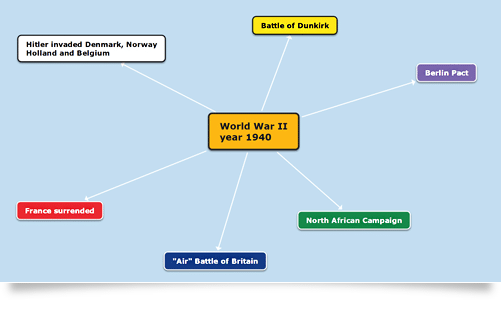
Step 2. Add some details
Depending on the structure of the information, one might have to use a different approach in collecting and segregating notes. If the information is already well organized and presented in a structured manner, it’s relatively easy to keep notes on particular subjects together. If the information is more disorganized (the lecturer conveys it this way or it comes from different sources), one might have to make quick notes and organize them later, perhaps by connecting them with lines or grouping them by subjects. Using keywords in large print with lots of space around is suggested.
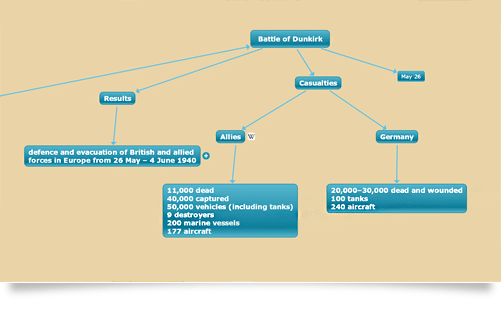
Step 3. Find relationships
After collecting the notes, one has to sort them out and use colors to mark related topics. Also, connecting information to relevant subtopics using colored lines or arrows is advised.
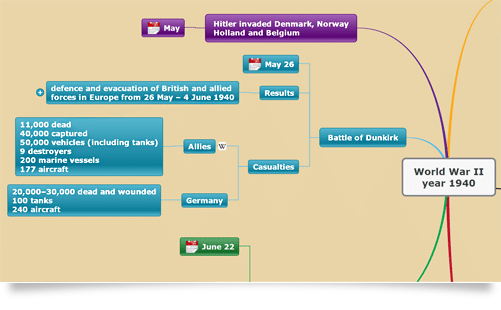
Step 4. Re-sketching final map
In order to put all information into meaning, some items will have to be moved around. Consider introducing borders to make the whole image easier to read and to minimize confusion. Any technique that helps with data recollection should be used (funny representations, cartoon figures, videos etc.). Additional facts could be added at this point if one can recall them or after some relevant research on the topic.
It’s a proven fact that images are easier to recall than text, so we challenge people with ADD to give concept mapping a try. It will help them turn long lectures or voluminous information into something meaningful, easier to recall and explain to others.
Keep it smart, simple, and creative!
The Mindomo Team

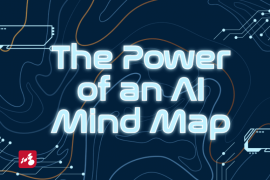
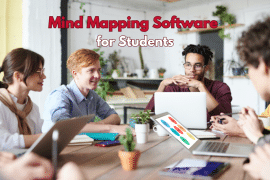
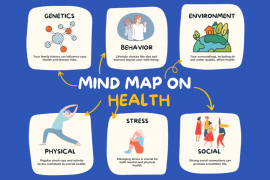

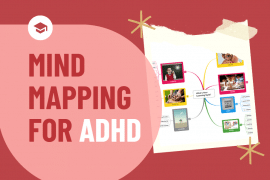
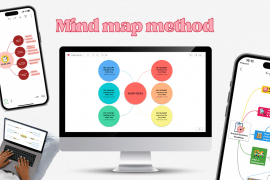
1 Comment
My son was diagnosed with ADHD and we’ve been using pen’n’paper mind maps since forever for understanding new things. Thank you for the insights!